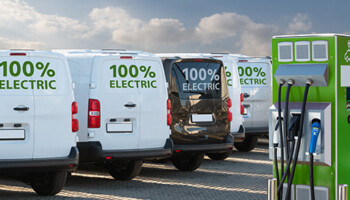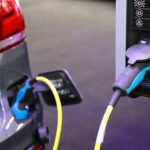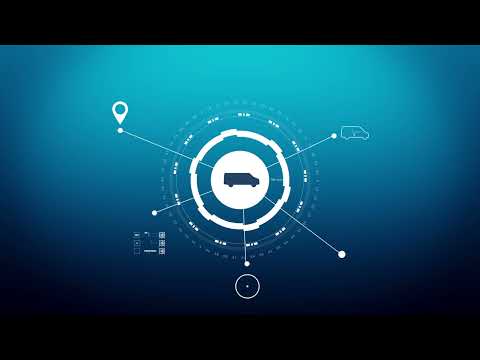-
What We DoFrom fleet management and productivity solutions to upfitting, fabrication, and insurance, Holman has the integrated automotive services expertise to keep your business moving.Overview
-
ResourcesWe have a lot to share. Browse our resources library for current insights, data, strategies, and success stories from our own experts in their respective fields.Overview
-
About UsWhen Holman was founded in 1924, we set something positive in motion. Our consistent focus on people and our commitment to integrity make us who we are today.Overview
 Join Our TeamWe’re not just in the automotive business, we’re in the people business. Join us for the ride.Browse Careers
Join Our TeamWe’re not just in the automotive business, we’re in the people business. Join us for the ride.Browse Careers
Five Considerations When Transitioning to EV
Holman Marketing
July 1, 2021

In the blink of an eye, electric vehicles (EVs) have gone from a distant consideration to an immediate possibility. So how do you know if your fleet is suitable for EVs? Consider these five things when building your strategy for the future:
1. VEHICLE SUITABILITY
Manufacturers are releasing new vehicles at a fast pace, and with new technology comes new challenges. While vehicles may fit your needs on paper, they may fall short in practice. Does the vehicle do the mileage stated, and if so, in what environment? What are the charge times, and how will this affect the driver’s productivity? Take time to demo the vehicle, speak with peers who have them on the fleet, and, importantly, ask lots of questions.
2. INFRASTRUCTURE
There are numerous charging companies, and the infrastructure is improving every day, but ensure you consider the three key groups of keeping your new EV moving:
- Base – Will the driver keep the vehicle at home? Can they install a home charger or have a public one nearby? Do you need ones at your office locations, and can they be installed?
- Destination – Are your drivers able to charge when they arrive at their location, or will they have to finish the job and then charge?
- In the wild – How does the driver charge while on the road? Will they need additional apps? Does their vehicle navigate to the closest charge point or the cheapest one?
These considerations are crucial to ensuring a smooth use of your new EV, but do you have the right infrastructure today to support the change, or when will it be available?
3. DRIVER EDUCATION & ROUTE PLANNING
Are your drivers equipped to take this change in their stride? Do they understand how to charge these vehicles? Do they know how to use charge points and effectively plan their journey in this new world of EVs? Ensuring the business and, crucially, your drivers know the importance and understand the requirements will be essential to their success.
4. CARGO AND RANGE
Cargo and range go hand-in-hand, as they both determine how much work you’re asking your battery to put in. A heavier vehicle requires more energy to tow, using up battery power quicker. But if your vehicles don’t have far to go, an EV could be a great way to reduce stress on a traditional petrol or diesel engine while hauling heavy tools or deliveries.
5. REIMBURSEMENT & POLICY
So you have decided to introduce some EVs into the fleet, but is there a policy on choosing them? Also, how does the driver reclaim the used electricity for business journeys? Managing an EV in life is more than just charging; taking time to develop and consider how they will work in practice will ensure you don’t get a shock once they are on the fleet.
Keep in mind EV technology advances every day. So what was wrong for you yesterday might be a fresh opportunity tomorrow. Let Holman help you make sense of it all. Contact Holman today.
Related Resources
Explore more related industry news, insights, and developments.
It looks like you've navigated to our Holman UK website and are located outside of this region. Would you like to continue or select a different region?
✕







